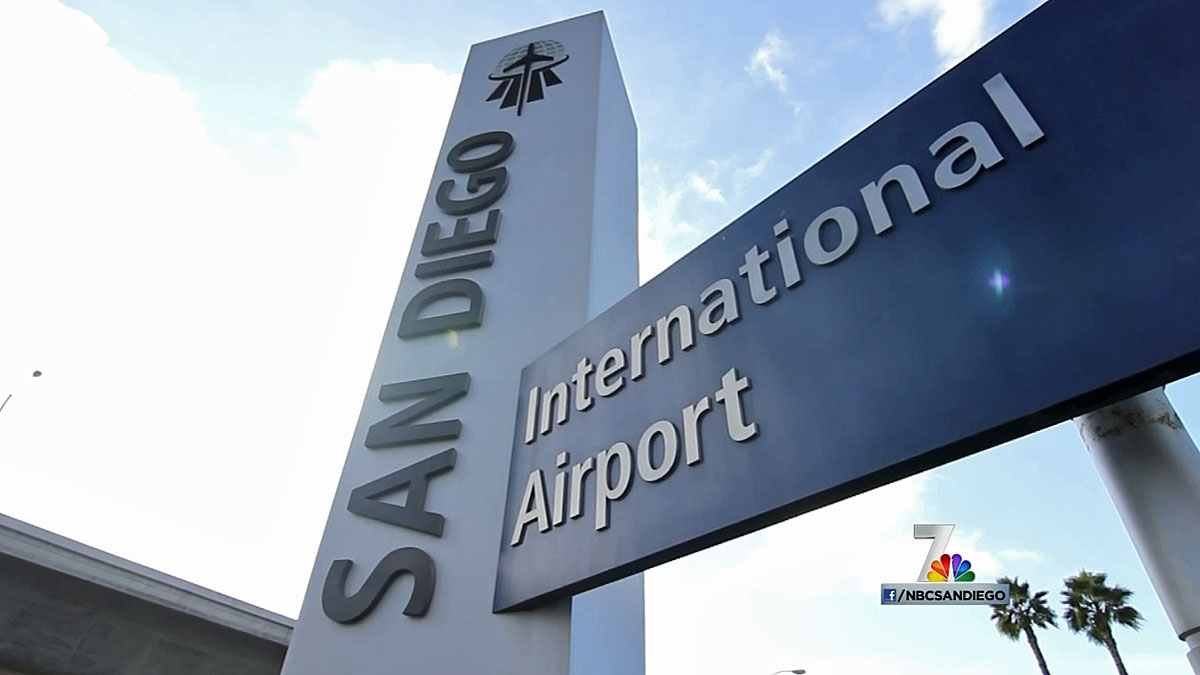The San Diego Association of Governments board of directors Friday approved a "road usage charge" tax as part of several updates to the agency's region plan, but its timeline was refined to more closely mirror a similar effort by the state.
The four-cent-per-mile tax -- and two half-cent regional sales taxes scheduled for 2022 and 2028 -- is envisioned as a way to help fund SANDAG's long-term regional plan, an ambitious 30-year, $160 billion proposal which could include no-cost public transit and a 200-mile, $43 billion regional rail network.
According to SANDAG, the timeline of the tax hikes "was refined to adjust timing of the road usage charge to align more closely with state planning efforts, ensure adequate time to study and pilot potential strategies and include a diversity of funding sources that allows for flexibility in the future."
Get top local stories in San Diego delivered to you every morning. Sign up for NBC San Diego's News Headlines newsletter.
"The 2021 Regional Plan is an unprecedented investment in the San Diego region's future," SANDAG Chair and Encinitas Mayor Catherine Blakespear said in a statement. "We have listened to the community and are proposing a modernized transportation system through the 2021 Regional Plan that works for everyone, with affordable options that get us to the people and places we want to go in a safer and cleaner way."
SANDAG, San Diego County's regional transportation planning agency, received more than 1,500 comments on the draft 2021 Regional Plan. Some were positive, but many were critical of the agency's proposed tax increases.
San Diego County Supervisor Jim Desmond said the proposal was intended to "force everyone on to trolleys and buses" by pricing people out of their cars.
Local
"This proposal should never see the light of day," Desmond said. "San Diegans already pay some of the highest prices to drive in the country. From the current gas taxes to a vehicle registration tax, San Diegans feel the effects, in their wallets, every day.
"Adding another tax, to fund public transportation, is a slap in the face," he said. "I will not support any new taxes or fees upon San Diegans until the promised projects are completed."
It remains unclear how the tax would be tabulated and collected.
California has been testing charging around 2 cents per mile in pilot programs, but has run into several issues. The state has experienced difficulty in how to report the by-mile-usage and if miles should count when out of state. It is unclear how SANDAG will circumvent that issue, but the agency does claim to want to wait until some mass transit projects are completed.
The proposed mileage tax is intended to supplement and eventually replace gas taxes, which have dropped considerably as gas mileage has increased and hybrid and electric cars ownership has grown exponentially in recent years.
According to a 2020 report by the think tank Institute on Taxation and Economic Policy, between 1993 and 2020, average fuel efficiency improved by around 26%. That translates to drivers on average traveling an extra 75 miles per tank.
"Those 75 extra miles of driving are generating wear and tear on the nation's roads, without requiring any offsetting gas tax payment to cover the cost," the report found.
SANDAG has estimated the plan could raise more than $34 billion through 2050, but the agency's chief economist, Ray Major, said the final figures would change once the scope was narrowed to implementation of the proposal in 2030.
Additional changes to the regional plan include regional bike and pedestrian safety improvements, habitat conservation plans and a "commitment to study free public transit for all by 2030."
The final 2021 Regional Plan and Environmental Impact Report are scheduled to be released on Nov. 30. Following its release, the SANDAG board is scheduled to vote on the plan adoption and EIR certification at its meeting on Dec. 10.
More about SANDAG's regional plan can be found at sdforward.com.



